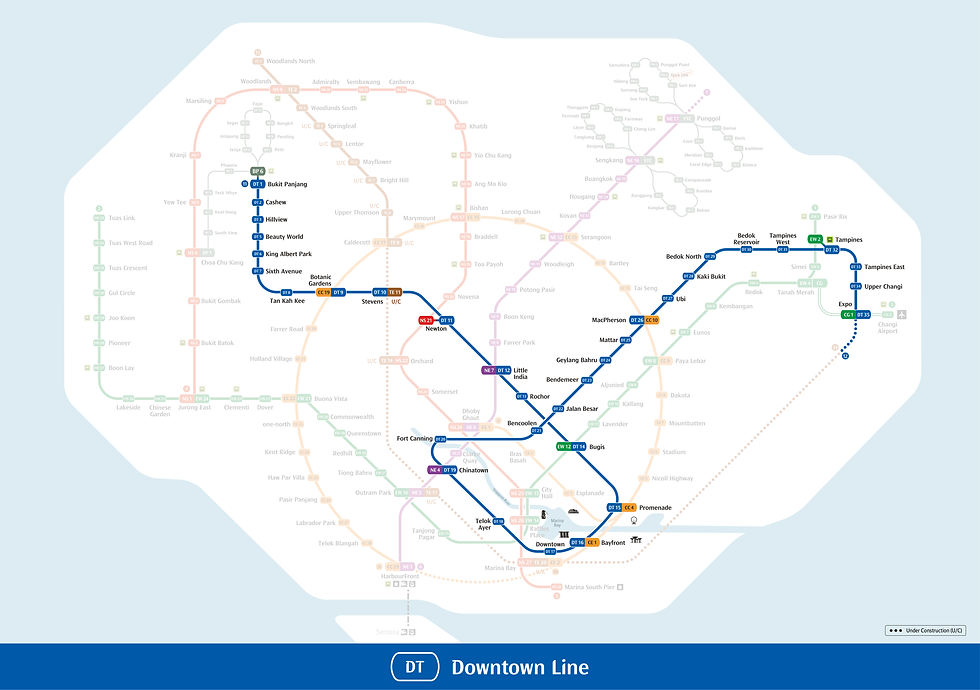- Sep 14, 2020
In 1975, the Area Licensing Scheme (ALS) was unveiled in Singapore - a transport milestone. For the first time in modern Singapore’s history, motorists had to pay to use congested roads; it was the world’s first intra-city cordon-based road-pricing system. Motorists paid a few dollars for daily paper licences to enter the Restricted Zone, which covered the Central Area. Auxiliary policemen had to be posted at gantries to spot vehicles entering the RZ without a valid licence.




As technology advanced, the system evolved. Twenty-three years later, in 1998, the ALS was replaced by the Electronic Road Pricing (ERP) system, which employed computers, cameras, radio waves, and smart cards slotted into in-vehicle units. ERP removed the need for wardens to look out for vehicles without valid licences; also, the pricing system taxed motorists for each access of a road, instead of granting them unlimited daily access with one licence. The system was also gradually broadened to congested roads and expressways outside the Central Area. My book Jalan Singapura details all these.

Now, the next generation of road pricing is upon us - sort of. By 2023, 25 years after the launch of ERP, it will transition to a satellite-based system, and a million vehicles will have to be installed with new on-board units, with bigger screens displaying maps, traffic information, and safety alerts.
However, plans to convert the tax from a cordon-based system to a distance-based one have been put on hold for now.
Transport Minister Ong Ye Kung recently said: “Distance-based charging is a significant policy change which has many implications and should be studied carefully.
“The new ERP system is capable of charging by distance,” he added, “but as a policy we are holding back”.
To sum up, “how ERP works will not change. What will change is that there is no need for big gantries anymore.”
Distance-based charging definitely requires closer study, because it might disadvantage certain groups of motorists, such as those who live in the suburbs but work in the Central Area, taxi and private-hire drivers who have to cruise around for fares or travel to passengers’ pick-up locations, and delivery and transport businesses, to name a few.
There are other kinks to iron out. The new on-board unit, which comprises an antenna, a touchscreen display, and a processing unit, has received criticism for its perceived bulkiness. Also, the card-based mode of payment remains unchanged; I had expected the payment to go cardless, what with the Republic’s Smart Nation Initiative.
Anyway, it is still early days yet; the transition will take three years. Private car owners have been given more than enough notice. Hopefully, the third generation of road pricing will not just properly regulate road usage, it will also persuade more to give up their cars and use public transport instead.







